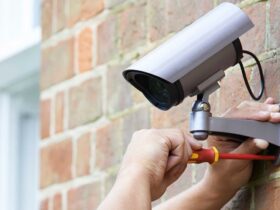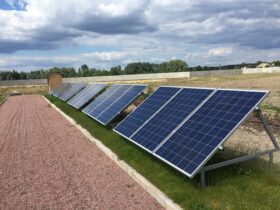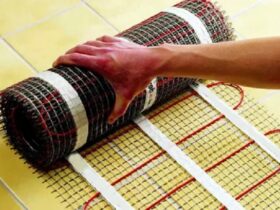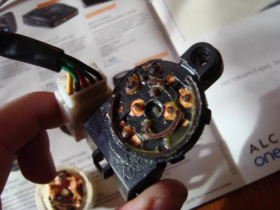Euro -shifer, or, as it is usually called Odulin, by the name of a well -known manufacturer, is a modern roofing material in the form of corrugated bitumen sheets.
In the process of its production, the basis, which uses organic fibers, is saturated with bitumen at high pressure and temperature +120-. As a result, the base is hardened and the acquisition of water resistance.
Ondulin can maintain its properties in a very wide temperature range. Also, such material for a long time retains its color color, since it does not burn out under the influence of sunlight. Euro -shifer is an environmentally friendly material, so the roof roof of ondulin can be made on buildings of any purpose.
This material has good flexibility, so with its help you can make a roof of a complex profile, as well as to repair them without much effort. Despite this, Ondulin has sufficient strength and is not inclined to crack, unlike the usual asbestos -cement slate. The sheets of the euro -strop are designed for a load of 250 kgm, however, under the influence of sunlight they soften, therefore, at this time, it is not recommended to provide a load on them.
The weight of the ondulin sheets is much smaller than the usual slate, so the EuroShifer does not create significant loads on the design of the roof. The roof made of Ondulin has the same level of maintenance as the usual slate, since each sheet can be replaced separately. As a shortage of the Euro -Shifle, it should be indicated.
If we compare Euro -shifer with other roofing materials, for example, with metal tiles, then ondulin has much less strength and life. On average, Euro-Shifer serves 5-10 years.
The installation of ondulin does not require special knowledge, skills and use of a special tool. For attaching sheets of the euro -screen to the roof crate, nails with a rubber gasket are used. You can cut the sheets of ondulin using a conventional stake on wood.
The technology of the flooring of the euro-shifer is the same as that of the usual slate, from the bottom up, with the overlapping of sheets 10-20 cm. The larger the slope, the smaller the sheets of the material can be in the overlap of sheets in height of the roof.














Оставить коммент.